This week saw a private class at Haulover Canal, always an interesting and challenging area to find wild edibles, especially this time of year. While we can forage year round in Florida the cool dry time between Christmas and Valentine’s Day is our scrounging season. The short canal, while fairly north in Florida terms, is near the ocean and between two large inland waterways. This helps to moderate not only cool weather but the arid landscape. It is also a challenge in that there are no permanent facilities and as part of the Kennedy Space Center can be closed anytime without notice, including the only draw bridge on the only road. (This was intentional. The government wanted to be able to sever all land traffic to the space center and did so with four draw bridges, three by road, one by rail.)
Peppergrass and sandspurs were in profusion, as were Spanish Needles and the debatable Brazilian Pepper. Oddly there was still-identifiable horsemint with its bright pink bracts. It’s usually seen in the fall. Also slightly out of season were some fruiting ground cherries. They, too, favor the fall. Papayas, the Toothache Tree and Australian Pines were also in residence. Perhaps the best find of the day, however, was Seablite.
Seablite has everything going for it except its name. The green is mild but tasty, has excellent texture, can be eaten raw or cooked though cooked is the usual way because that lowers the salty flavor. Seablite is nutritious, stores well, looks good, easily grows in salty ground (read unused land) and feels good to hand and mouth. In the Chinopodium family it competes well near the ocean or salt licks though you could easily grow it in your unsalty backyard. Because of where it grows Seablite has a high sodium content but boiling reduces that significantly. It’s good for stuffing a fish or a chicken before cooking. The salt leaves the green and flavors the meat. You end up with a delicious green and entree. If you live anywhere near the ocean or inland salty areas, now and the next few months is the time to go looking for Seablite and its inland relative, seepweed. To read more about Seablite click here.
On a personal note it was at Haulover Canal where I had my first post-war fright back in the ’70s. The canal is basically a cut through limestone, 20-feet deep near the middle, perhaps 200 feet wide. It has rocky edges rather than a bank. You can stand on these platform-like ledges just inches above the water, kind of like tossing in your line from the edge of a pool. I was fishing there one day when this incredibly huge creature surfaced not a yard from me making a hellacious noise. My legs did their duty while my pubococcygeal musculature did not (ahem…) When I finally looked back I had no idea what it was. When I got home my relatives told me it was a manatee. I had never heard of manatees. Did not know they existed. Later I would go snorkeling with them in Crystal River. They are elephant-size puppy dogs but that day when I first saw one I thought for a moment I was lunch.
The human mind has a propensity to classify. It helps us think. Every time we see an animal we don’t have to think about its parts if we can put the whole creature into a class such as four legs, two wings, fins et cetera. When wondering about a bird we don’t have think about fish parts then exclude them. The classifying does it for us. This happens with plants as well, sometime for the good, sometimes not particularly with names. Pigweed is a good example.
Some people will read that “pigweed” is edible and think their “pigweed” is edible as well. The brain creates a class called Pigweed/edible and off they go. Unfortunately some pigweeds are edible and other pigweeds are deadly. A slightly different example is “horse” as in horseradish, horse weed, and horse chestnut. The wrong class the mind creates is “it means horses can eat it.” I actually heard (a supposedly) professional herbalist say that recently. I am NOT going to take that person’s herbal advice. In this case the word “horse” means either large or rough not equine edible. The classifying problem also created when talking about genus.
Generally said plants are classified in the same genus because they share certain characteristics. Sea-grapes, a tree, and smartweed, a small herb, are both in the greater buckwheat family based on plant characteristics. They are, however, different enough that no one classifies them together except botanists. Elderberries are a different issue. There the classifying propensity rises again and some assume all elderberries are edible when they are not. Each elderberry is its own chemical factory. Species within a genus can have unique features. That can include different chemical compositions leaving one elderberry species edible and another elderberry species not.
What prompted this newsletter entry was a question whether crimson clover is edible by humans. Clover is from Eurasia. It’s not native to North America. We have quite a few clovers in America among them Sweet, White, Red and Crimson. If tea is the goal then usually it is the white clover blossoms one wants, very fresh or dried quickly. If it is grain then Crimson clover. Some clover leaves can be eaten raw, sparingly, others should be cooked. Too many raw clover leaves can make you pray to the porcelain god. There’s no good rule even among some close genus siblings. One can’t make a good class out of clovers.
With spring around the calender corner sow thistles will begin to populated parks and lawns. There’s always some confusion for three reasons. First is part of the name “thistle.” They get confused with true thistles which are also green and growing this time of year. There are also some wild lettuce asprouting now. And then there are three different species of sow thistles growing in the area. The three genera — true thistles, sow thistles and wild lettuce — are easy to sort out, the species take a bit more work.
True thistles are mean. They produce either green basal rosettes with painful spines or basal rosettes with a fat stalk covered with painful spines and shaving-brush blossoms. Best time to harvest them is when the rosette is huge or when the stalk is still small. Wild lettuce — which is perpetually bitter — is tougher. They, like the thistle, have a basal rosette and or rosette and stalk as well but no spines. The lettuce leaf stalk is V-shaped and a single line of hair can be found along the underside of the main leaf vein. The sap can be white, salmon-colored or white turning to salmon. You can read about wild lettuce here.
Sow thistles come in three varieties locally, or I should say within the state. The common sow thistle and the spiny sow thistle are found throughout most of the state. The field sow thistle is a northern resident that just gets into Florida. Of the two more often found sow thistles the Common Sow Thistle (Sonchus oleraceus) is the preferred. It’s edible until a fairly good size. It has smooth, soft leaves. The Spiny Sow Thistle (Sonchus asper) is also fine when gathered young. When older its leaves develop pseudo-spines which usually soften on cooking. But some people don’t like the texture. You can read about the sow thistles here.
The Florida Herbal Conference is just a month way, still plenty of time to sign up. Held in Deleon Springs February 15-17 it’s sure to be a grand time. I will be teaching a class or two there. For more information go to: Florida Herbal Conference.
Why do we forage? Here’s one headline why: Start That Gluten-Free Diet: Wheat Will Be More Expensive This Year. The Department of Agriculture has declared much of southern and central United States as a natural disaster area due to a continuing drought. Crop conditions for winter wheat were the worst on record in early December, the most recent figures available. Some experts say up to a quarter of the crop will be lost. Winter wheat is the dominant wheat variety in country. It’s planted in the fall, sprouts then lies dormant during the winter. It starts regrowing when the weather warms up and is harvested before summer. It’s predicted that wheat-based food will become much more expensive this year. Similarities shortages for corn and soybeans. Not only is agricultural production falling but Mississippi barge shipping is coming to a halt from the low water. Facing such potential food shortages why are we putting most of our corn in to cars via ethanol (which cars don’t run well on it either.)
To donate to the Green Deane Newsletter click here.

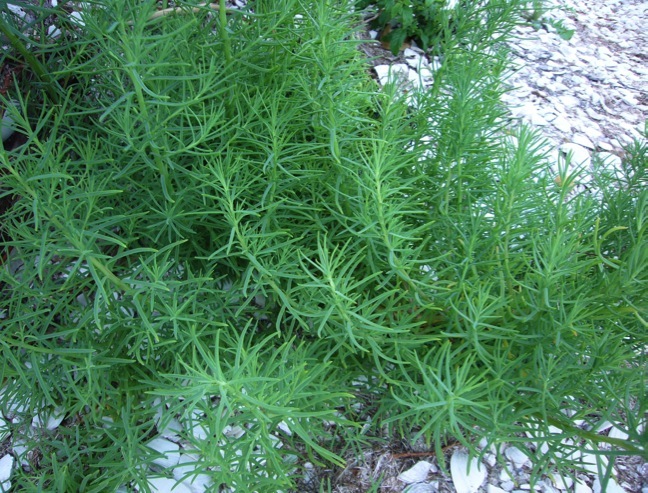


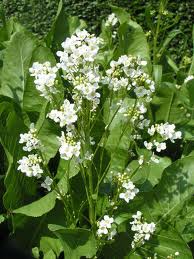
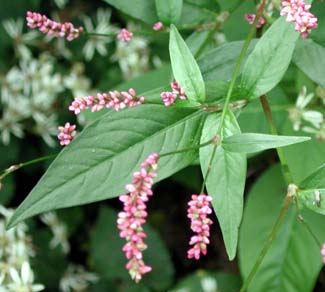
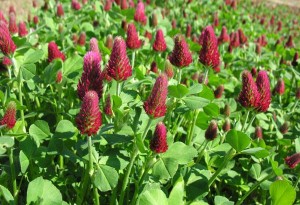
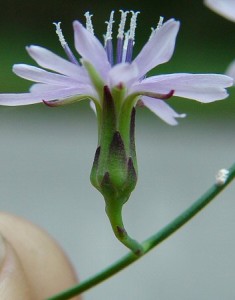
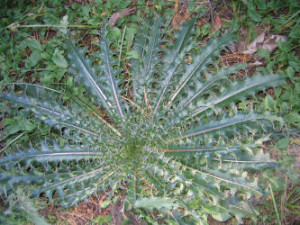
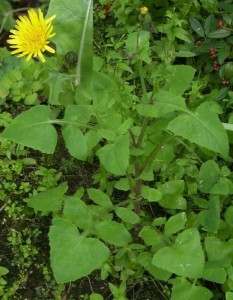
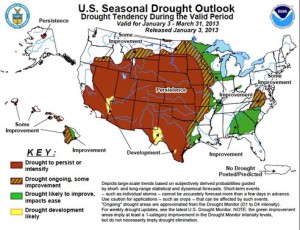

“Most” of the corn crop does not get turned into ethanol. If it wasn’t for ethanol, gas prices would be higher and there would be less corn at harvest. Ethanol gives the farmers another market to see their corn. Ethanol is subsidized but so is oil. I’m not saying that ethanol is the long term answer to energy security, but it’s a start. Relying on foriegn oil is dangerous.
Anthony…
Perhaps a bit higher without adding Ethanol but there is a lot of politicking envolved with the price of gas at the pump. I have family that have worked in the oil refining business for some 50 plus years now, so I get some insight from their perspective.
As to subsidies, well that’s your tax dollar at work… up to you if you support it or not.
As for using Ethanol to satisfy needs for energy security, it doesn’t wash. It takes better than 100 gals. of water to process 1 gal. of Ethanol and bring it to market.
Considering the info shared above by Dean regarding our countries draught situation, I’d say that is a terrible trade off for energy.
Just some thoughts for consideration.
Enjoy the day afield…
Actually, winter wheat sprouts in the fall after planting grows a few inches and then goes dormant over the winter. We have lovely green wheat fields all winter long in Kansas.
Is the purple leafed oxalis edible?
Well… I don’t know exactly what you are asking me. Have I eaten an oxalis that occassionally has a purple leaf? Yes, cool weather can make some turn purple. Is there a purple species you can eat? I’d have to see it and research it first.
I’ve seen purple oxalis but its a nursery variety
The Seablite looks remarkably like a picture of Saltwort in a seed catalogue that i just recieved in the mail. It inspired me to do a little “research” on the internet. No, I didn’t even look at Wikipathetica! But, what i did find was that Saltwort, Salsola Komarovii, (the latin name was missing from the catalogue… so I’m guessing) from the Chenopodiaceae family is a traditional Japanese culinary herb and green. It is native to the salt marshes of Japan. It has long thin crunchy leaves with a slight salty taste. It is said to be high in vitamin A, calcium and potassium. I found it being called by various other names. Okahijiki (land seaweed). turtleweed,pickleweed, and beechwort seemed to be most common. The picture of the Seablite and the pictures that I could find of the Saltwort are nearly identical. Could these be the same plant? I do realize that ALL Botanists agree on everything, so this should be a pretty cut and dry answer.
Are you familiar with Saltwort (if it is something else)? The description sounded delicious. I think I will order the seeds and give it a try. 🙂
They do look similar…. if not a little longer and whispy. As for the name “saltwort” there’s a huge number of plants with that name. We have a Salsola locally (kali) and it looks quite different.
I like the papaya fruit when ripe; its orange pulp is very soft without fibers ready to eat like banana and easy to make as juice. I sometimes prepare jam out of it . In my country, Sudan, the plant grows much better yielding bigger fruits in the southern warmer states than in the northern states. However , ” Carica papaya ” to a “zoal ” ( as a Sudanese is called in Arab countries ) refers to : firstly , ” Carica ” is a name of a popular very skilful Sudanese football soccer player regarding the well-known Brazilian player . Secondly, “Papaya ” refers to a lovely dance song by a famous Singer in Sudan … The poet likens the beauty , good nature , and origin of his fiancee to those of the papaya’s seedling , thus singing : ” Oh how much I love thou ; thou are the papaya’s seedling ” .
Concerning the Spanish needles I am happy to confirm a once suspected- by me – to be a Camellia sinensis plant , nowadays flowering ( plus help from experts including dear Green Deane ) indicates my plant is Bidens bipinnata L. I hope to e-mail you about this species in particular. I’m thankful for the information I obtained from your article on Bidens. I’m not going to eat the raw leaves as they contain saponins.
Hi Green, Found an odd plant here in Suwannee Cty, growing in a 3′ round clump about 18″ high. It has round quarter size green and yellow fruits NOW, the leaves are 4″ long with about 8 lobes each side reminiscent of holly or horned melon…and the cows won’t touch it…Got a clue?, great puzzle, will try to get pic when I can find somebody w one of those newfangled phones…
Thanks, Randy
Have you looked at my article Toxic “Tomatoes”?
https://www.eattheweeds.com/toxic-tomatoes/
In regards to the japanese seablight variety, have you tried the traditional Japanese pickle from it yet? It is very delicate, salty and vinegary (rice vinegar) and quite addictive in the way that all salt and vinegar things are to some people (this person). You can make your own, just use rice vinegar instead of distilled or apple cider and use any plain pickle recipe to start. Keep the results refrigerated and when you have small batched and tweeked it enough, write it down and pressure can it to enjoy all year round. The Japanese pickle art is just that, many varieties and all are tasty.